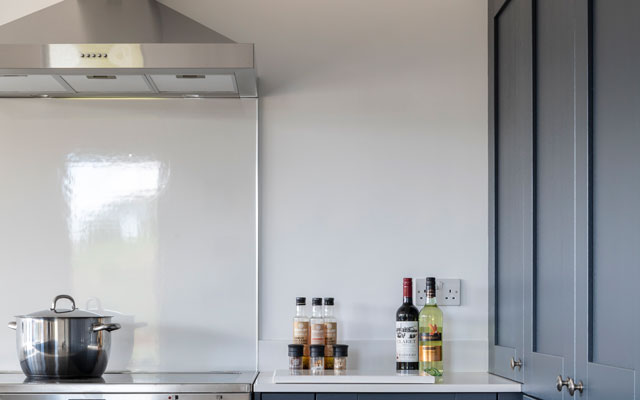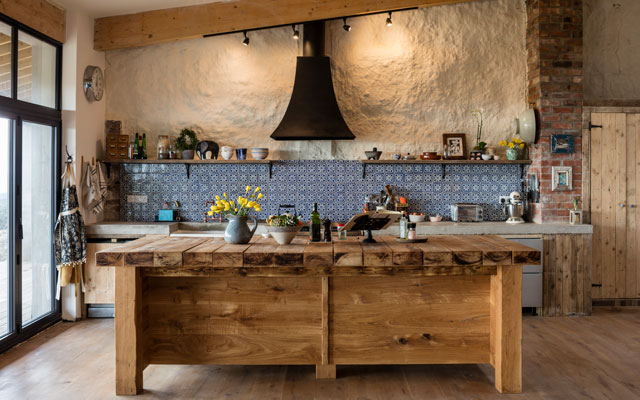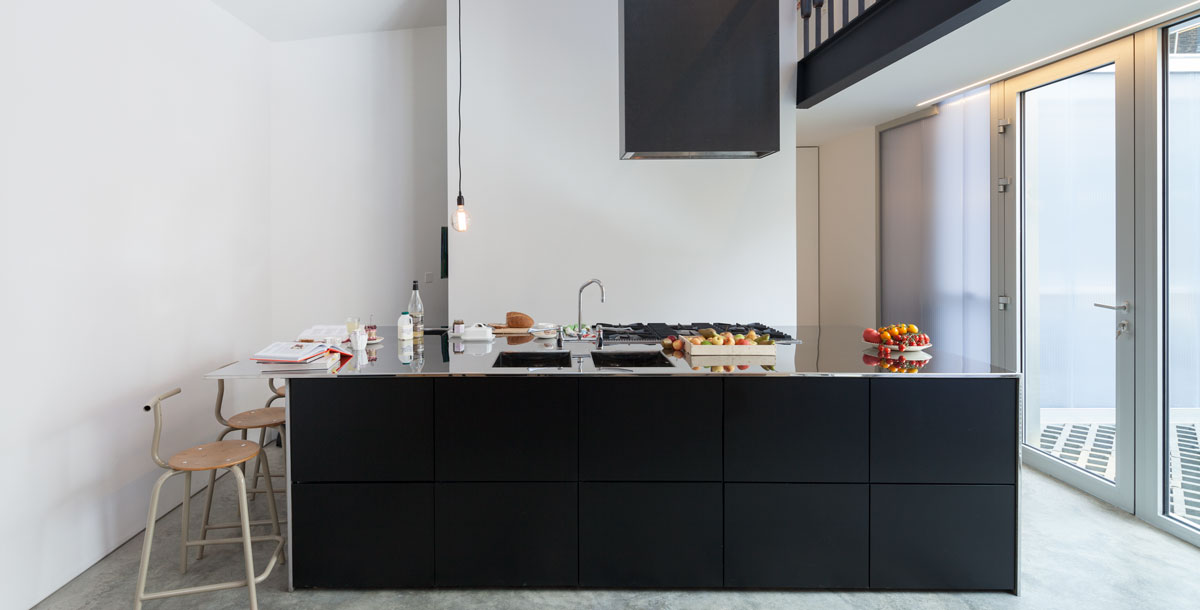Kitchen extractor buying and installation advice
Perfect your kitchen design with the right type of kitchen extractor for your home
Any new kitchen should have a means of extract ventilation to reduce condensation and remove smells. Get the best kitchen extractor for your scheme with these expert buying and installation tips.
Extraction types
Cooker hoods can be ducted, where the stale air is removed from the room to the outside through ducting in an outside wall. Or they are recirculation models, where air is drawn into the machine, filtered, purified and blown back into the space. Both have advantages and disadvantages.
‘Recirculation extractors use less energy, as air does not have to flow out to an external vent,’ says Owain Harrison, country manager at Novy. ‘They also offer flexible installation.’ Whereas, ducted ventilation delivers the quietest removal of air. But, the recommendation for the maximum length of ducting is 5m, with as few bends in the pipes as possible.

A stainless steel chimney-style extractor above an induction hob.
Pick a design
There are different designs to choose from including built-in, canopy, chimney and downdraft. All types benefit from professional installation.
‘For effective performance, select a model with up to three speeds that operates at no less than 800 cubic metres per hour,’ advises Sean Drumm, managing director of Falmec.
As with all other appliances, look for those with the best energy rating. Models that work in tandem with the hob automatically adjust extraction speeds to the most appropriate level.
‘They switch off when the hob is no longer in use to save energy,’ says Neil Pooley, category manager for kitchens at Miele. Ducting installation in airtight and Passivhaus homes needs special consideration.
Rate of removal
Before selecting a particular model, you’ll need to estimate the extraction rate you need and match this to the hood’s specifications. ‘To work effectively, an extractor should be able to circulate the volume of airflow around ten times per hour.
So, to calculate room volume, multiply height by width by depth, then multiply by ten. This will give you the maximum extraction rate required,’ says Owain Harrison.
Get the spacing right
The distance from the extractor to the hob is another factor to consider. For optimum air removal, allow a minimum of 650mm of space between a hood and an induction or electric hob.
Over a gas hob, the distance is 750mm. At these heights the steam will circulate and be effectively drawn up by the extractor.

Match the design of your extractor to the style of your kitchen.









